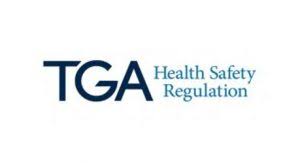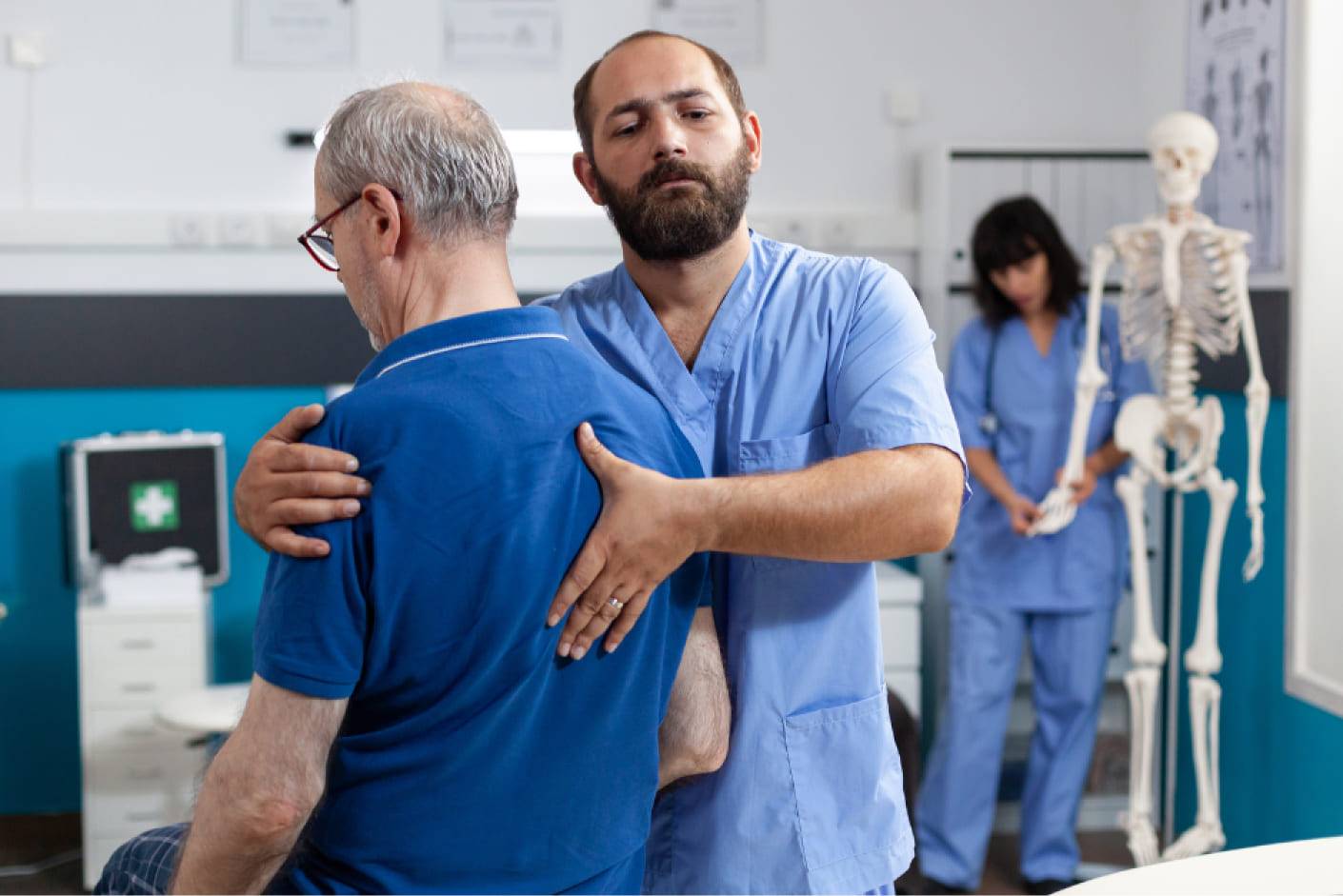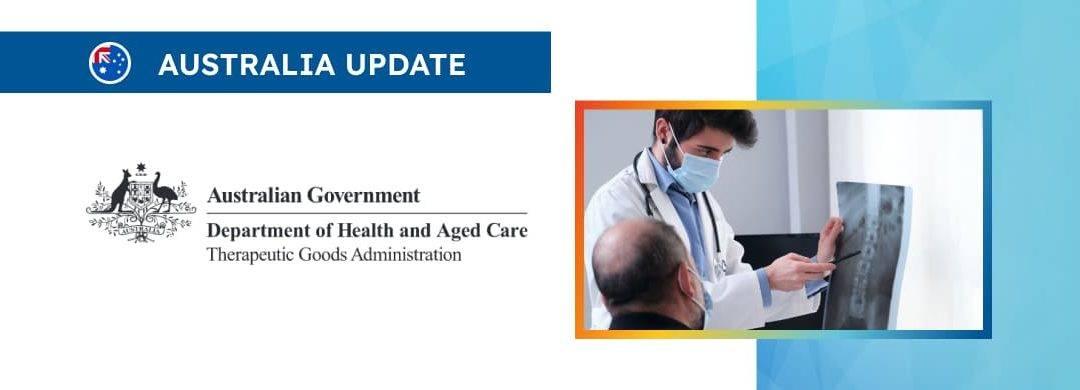The article highlights the critical points of the new classification approach to spinal implantable medical devices.

Table of content
The Therapeutic Goods Administration (TGA), the Australian regulating authority in healthcare products, has published a guidance document dedicated to reclassifying spinal implantable medical devices.
In particular, the document describes in detail the transitional arrangements and obligations of sponsors and manufacturers.
The document is intended to provide additional clarifications and recommendations to be considered by medical device manufacturers and other parties involved to ensure compliance with the relevant regulatory requirements.
At the same time, the authority reserves the right to make changes to the guidance, should such changes be reasonably necessary to reflect corresponding amendments to the underlying legislation.
Introduction
The primary purpose of the present guidance document is to provide manufacturers of spinal implantable medical devices with the necessary information to understand and adhere to the new regulatory requirements recently implemented in Australia. In particular, the document describes the changes that took effect on 25 November 2021, requiring the reclassification of specific spinal implantable medical devices.

Regulatory Background
Spinal implantable medical devices, which include motion-preserving devices and those that come into direct contact with the spinal column, have traditionally been classified as Class IIb under the Therapeutic Goods (Medical Devices) Regulations 2002.
However, significant regulatory amendments were made on 12 December 2019, resulting in the reclassification of some of these devices to Class III.
These amendments were part of a broader initiative to harmonise the regulations with the European Union framework, supported by two rounds of public consultation. Further refinements to these regulations were made on 29 October 2021.
New Classifications and Requirements
The new classification rules, effective from 25 November 2021, stipulate that devices intended to preserve motion in the spine, such as spinal disc replacements, are now classified as Class III.
However, ancillary devices like screws, plates, hooks, and rods used in spinal fusion procedures will remain Class IIb, provided they are not used explicitly for preserving the motion of the spine.
The aforementioned regulatory changes cover a wide range of products, including
- Spinal disc replacement implants Used in non-fusion procedures, aiming to replace diseased or damaged intervertebral discs with artificial ones to restore spine function.
- Anatomic Facet Replacement System (AFRS): This technology is focused on restoring normal spinal motion through a combination of precision instrumentation and anatomically designed facet implants.
- Interspinous Process Spacer: This implant stabilises motion segments while preserving natural mobility, positioned between lumbar spinous processes.
Devices that will continue to be classified as Class IIb include screws, cages, plates, hooks, rods, and specific bone graft/orthopaedic cement, depending on their intended use and composition.
Transitional Arrangements and Obligations
The document details the transitional arrangements and obligations for reclassifying spinal implantable medical devices.
These arrangements differ based on the status of the product, mainly focusing on devices included in the Australian Register of Therapeutic Goods (ARTG) before 25 November 2021, applications to have a medical device in the ARTG lodged before this date and applications for new devices on or after 25 November 2021.
The document further describes the approach to be applied to each medical device category below.
For Devices Included in the ARTG Before 25 November 2021
Manufacturers with Class IIb medical devices listed in the ARTG before the specified date must adhere to transitional arrangements, allowing them to continue supplying their devices.
At the same time, they apply for Class III classification.
Essential requirements include notifying the Therapeutic Goods Administration (TGA) before 25 May 2022 and submitting a reclassification application before the transition deadline. Failing to comply with these requirements would necessitate the cessation of device supply and cancellation of ARTG inclusion.
Applications for Inclusion in the ARTG Lodged Before 25 November 2021
For applications submitted for Class IIb devices before 25 November 2021; the authority explains that they will be assessed and included under the old classification rules.
To qualify for transitional arrangements for Class III reclassification, sponsors must notify the TGA by 25 May 2022 or within two months of the ARTG entry start date, whichever is later.
A reclassification application must be submitted before the transition deadline.
As in the previous case, non-compliance will require ceasing the device’s supply and cancelling the ARTG inclusion.
The present TGA guidance emphasises the critical points of the new regulatory landscape for spinal implantable medical devices.
Manufacturers and sponsors must proactively reclassify their products following the new rules.
According to the guidance, responsible parties should take critical actions to ensure and sustain compliance with the relevant regulatory requirements, including promptly notifying the TGA of their devices that require reclassification and adhering to the deadlines for submitting reclassification applications.
How Can RegDesk Help?
RegDesk is a holistic Regulatory Information Management System that provides medical device and pharma companies with regulatory intelligence for over 120 markets worldwide. It can help you prepare and publish global applications, manage standards, run change assessments, and obtain real-time alerts on regulatory changes through a centralized platform. Our clients also have access to our network of over 4000 compliance experts worldwide to obtain verification on critical questions. Global expansion has never been this simple.

